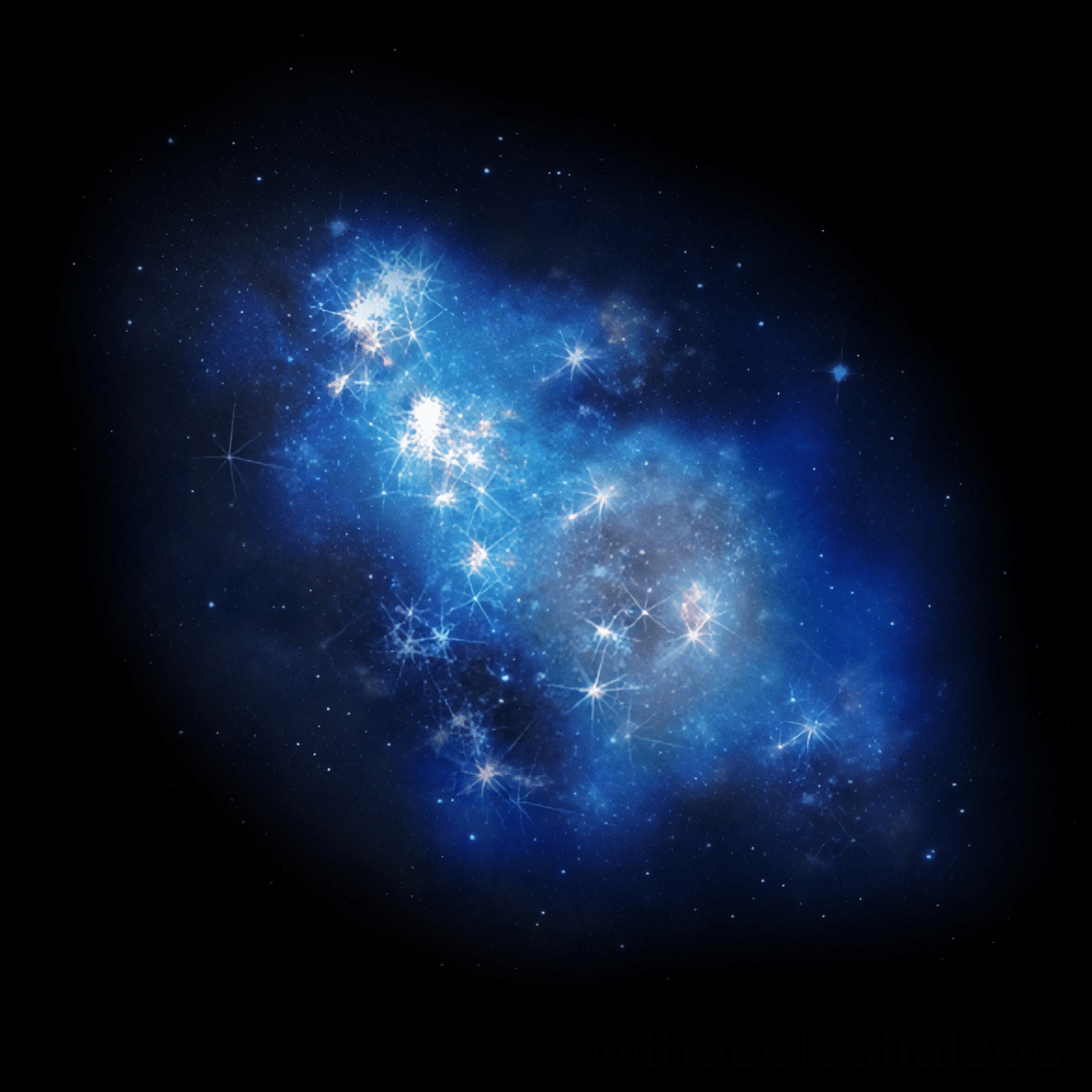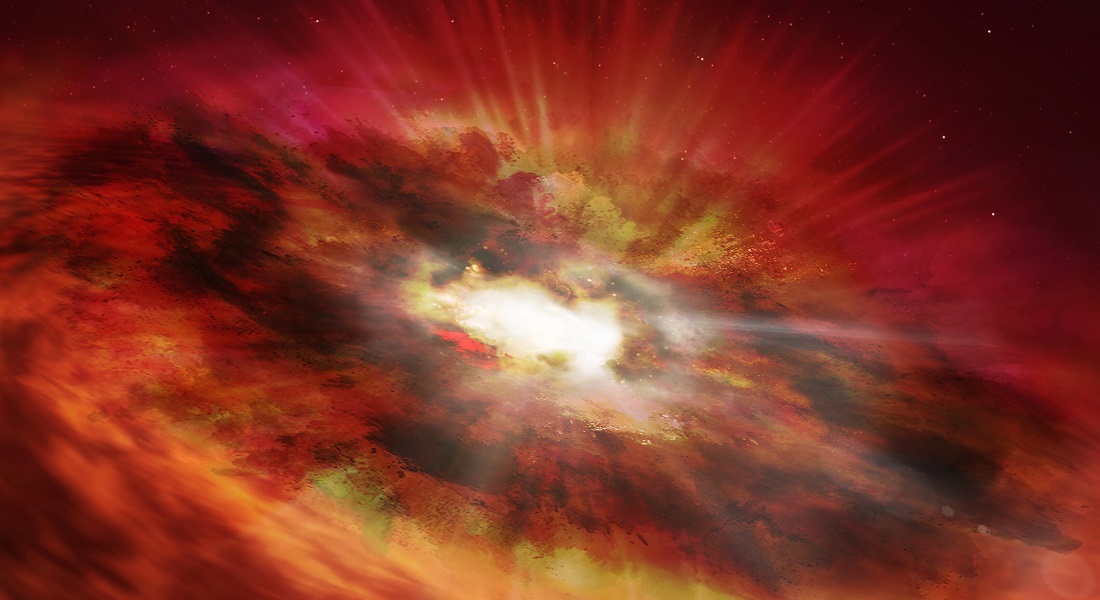
Building superior scientific tools empowers us to investigate the Universe as never before.

Now fully deployed and commissioned, JWST will soon begin science operations.

Although many cosmic questions will certainly be answered, the greatest revolutions arise unexpectedly.

Here are five questions that JWST could conceivably answer, changing our cosmic conceptions forever.

1.) Do biosignatures exist on nearby super-Earths?

If unexpected signs of life exist in the atmospheres of super-Earth worlds, JWST could reveal them.

They would be our first-ever hints of life outside the Solar System.

2.) Are there pristine stars in ultra-distant galaxies?

By understanding and measuring second-generation stars, JWST could find additional, first-generation starlight alongside them.

3.) Are black holes energetically active in dusty, early galaxies?

By exquisitely measuring the energy re-radiated by dust, JWST could reveal shrouded supermassive black hole activity.

4.) Was the Universe born with black holes?

By investigating the earliest galaxies, JWST will reveal their formation history.

If black holes preceded the first stars, JWST could discover the critical evidence.

5.) How are dark matter-free galaxies made?

Both leading formation mechanisms require galactic interactions to separate dark matter from normal matter.

If there’s more to the story, JWST will teach it to us.

Mostly Mute Monday tells an astronomical story in images, visuals, and no more than 200 words. Talk less; smile more.
The post 5 ways the James Webb Space Telescope could change science forever appeared first on Big Think.
This content was originally published here.



Comments are closed.